

Curated experiences in Toruń

The Old Town City Hall in Toruń is the main secular building of Toruń's Old Town, a Gothic building created …
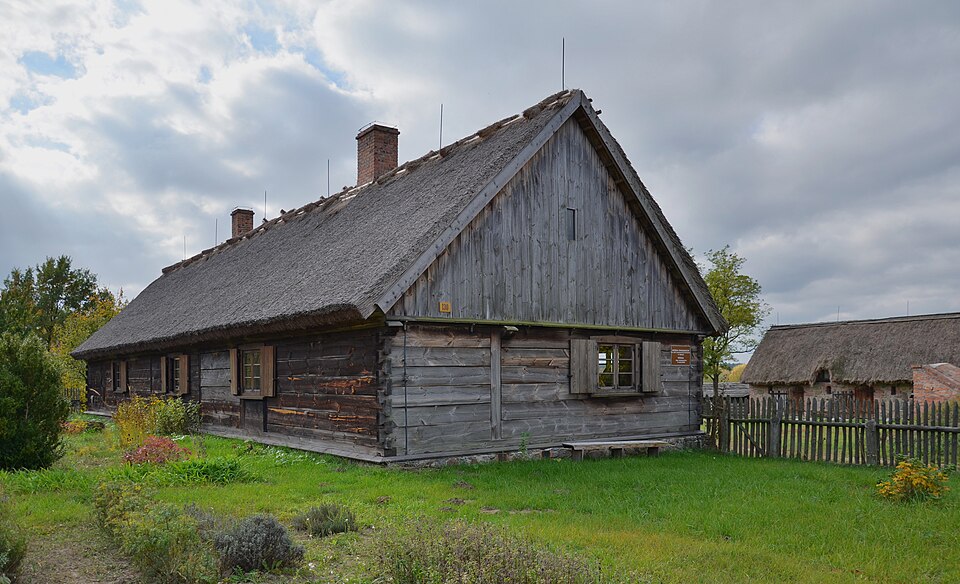

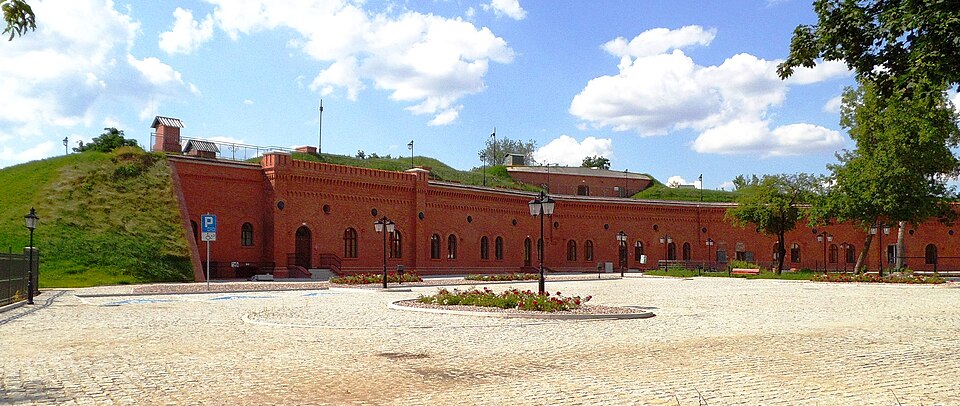


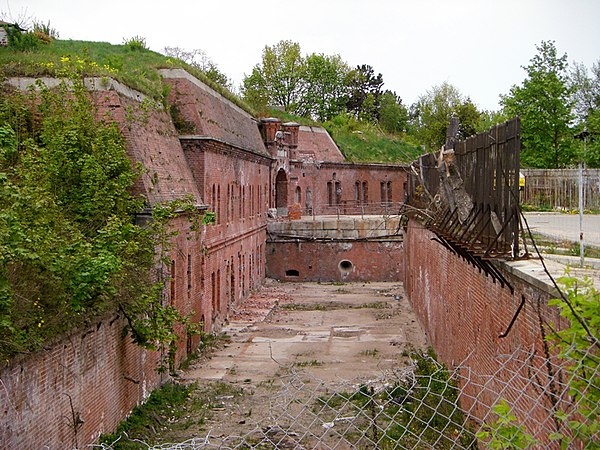

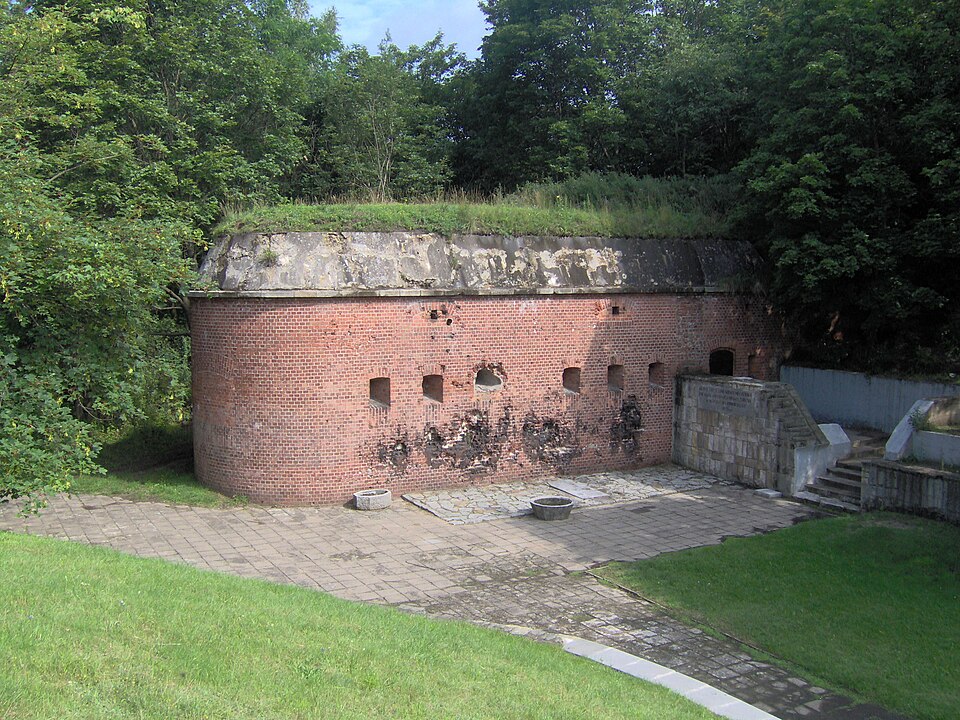

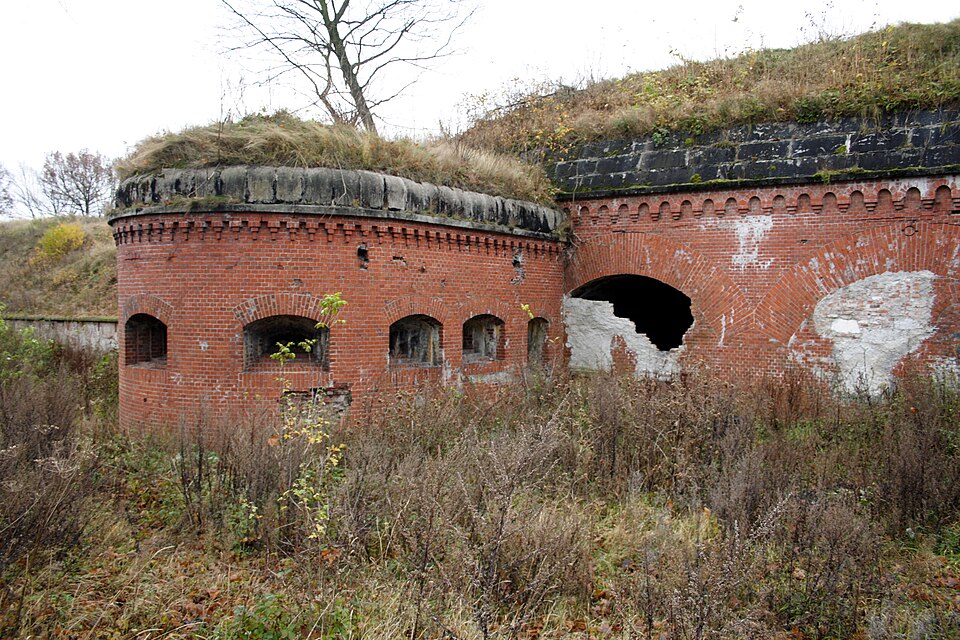



Dybów Castle (Polish: Zamek Dybów) is a castle in Toruń, Poland. It is a national Object of Cultural Heritage.
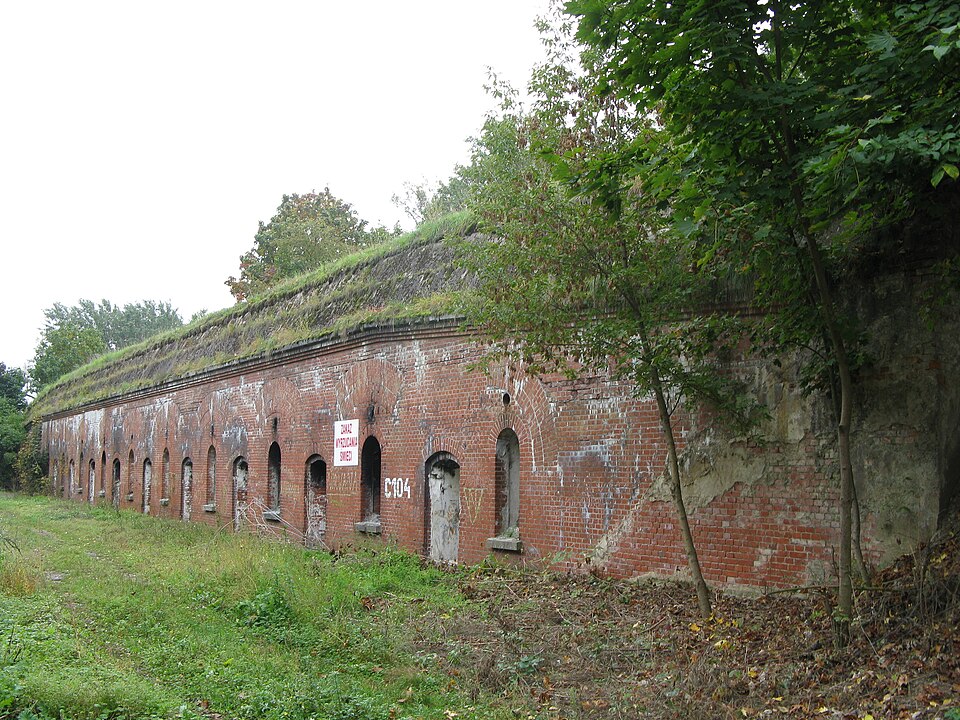


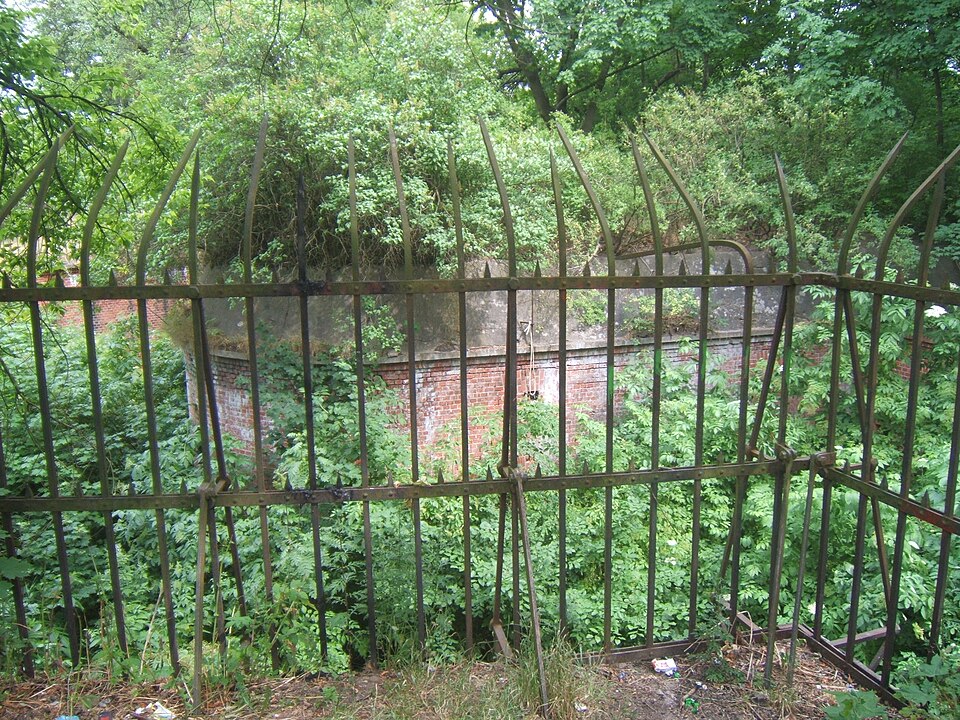


Create a personalized itinerary and unlock the finest experiences Toruń has to offer
Plan Your Trip